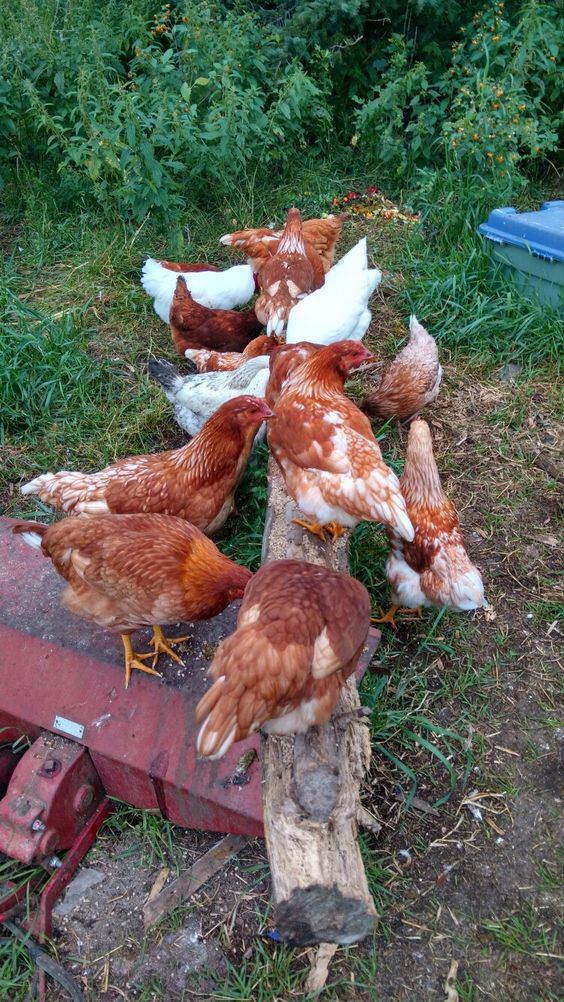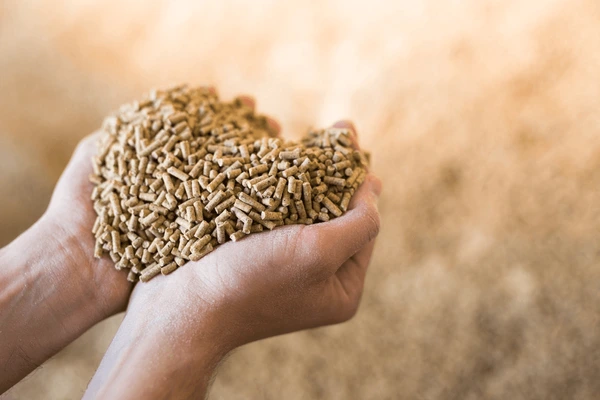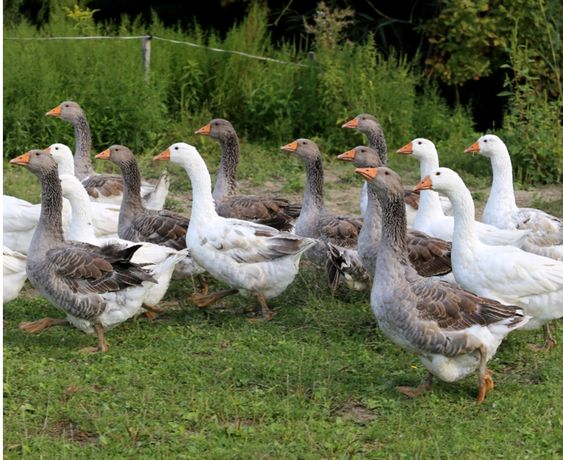Cultivating Healthy Cows: Essential Strategies for Optimal Cow Health and Farm Productivity
Cultivating Healthy Cows is essential for any successful dairy or beef operation. Healthy cows are not only more productive but also contribute to the overall sustainability and profitability of the farm. This comprehensive guide will delve into the methods, benefits, goals, and ideas for cultivating healthy cows, ensuring optimal performance and well-being in your herd.
Benefits of Cultivating Healthy Cows
1. Increased Productivity
Healthy cows produce more milk and meat. Optimal health leads to better growth rates in calves and higher milk yields in dairy cows. This translates to increased revenue and better financial stability for farmers.
2. Reduced Veterinary Costs
Preventing illness through proper management and nutrition reduces the need for veterinary interventions. This lowers costs associated with treatments and medications, contributing to overall farm profitability.
3. Enhanced Reproductive Efficiency
Healthy cows have better reproductive performance. They experience fewer complications during calving, have shorter intervals between pregnancies, and generally produce healthier offspring.
4. Improved Longevity
Cows that are well-managed and healthy tend to have longer productive lives. This means fewer replacements are needed, which saves on the costs associated with buying new animals and raising them to maturity.
5. Sustainable Farming Practices
Healthy cows contribute to sustainable farming by reducing the environmental impact. Efficiently managed herds have lower waste production and better utilization of feed resources.
Goals of Cultivating Healthy Cows
1. Optimal Nutrition
Provide a balanced diet that meets the nutritional requirements of cows at different stages of their life cycle. Proper nutrition supports growth, milk production, and reproductive performance.
2. Effective Disease Prevention
Implement comprehensive disease management practices to prevent outbreaks and minimize the impact of illnesses on the herd. Regular vaccinations, parasite control, and biosecurity measures are key components.
3. Comfortable Housing
Ensure that cows have access to clean, comfortable housing that protects them from extreme weather conditions and minimizes stress. Proper housing contributes to overall health and productivity.
4. Routine Health Monitoring
Establish a routine health monitoring program to track the well-being of each cow. This includes regular check-ups, health assessments, and prompt attention to any signs of illness or discomfort.
5. Proper Record-Keeping
Maintain accurate records of each cow’s health, production, and reproductive history. This data helps in making informed management decisions and identifying trends or issues that need addressing.

Key Ideas for Cultivating Healthy Cows
1. Balanced Nutrition
Ensure that the feed provided to cows is well-balanced and meets their nutritional needs. This includes providing the right amounts of protein, carbohydrates, fats, vitamins, and minerals. Consult with a nutritionist to formulate rations that are specific to the needs of your herd.
2. Water Quality
Provide access to clean, fresh water at all times. Water is crucial for digestion, milk production, and overall health. Regularly test water sources for contaminants and ensure that water troughs are clean and well-maintained.
3. Hygiene and Sanitation
Maintain high standards of hygiene and sanitation in all areas of the farm. Regularly clean and disinfect housing, feed and water troughs, and equipment. This helps prevent the spread of diseases and maintains a healthy environment for the cows.
4. Comfortable Housing
Design housing that offers adequate space, ventilation, and bedding. Ensure that cows have enough room to lie down comfortably and move around without restriction. Proper bedding material, such as straw or sand, should be used to keep the cows clean and comfortable.
5. Regular Exercise
Allow cows access to exercise areas or pastures where they can move freely. Exercise is important for their physical and mental well-being. It helps prevent obesity and related health issues, and promotes natural behaviors.
6. Disease Management
Develop and implement a comprehensive disease management plan that includes vaccination schedules, parasite control, and biosecurity measures. Work closely with a veterinarian to address any health concerns promptly and effectively.
7. Reproductive Management
Monitor the reproductive health of your cows and implement strategies to improve conception rates. This includes proper breeding practices, regular checks for signs of estrus, and timely interventions if needed.
Topic Suggestions for Further Exploration
1. Advanced Nutrition Techniques
Explore the latest advancements in cattle nutrition, including precision feeding, use of feed additives, and the role of genetics in improving feed efficiency.
2. Innovations in Housing Design
Investigate new technologies and design approaches for creating optimal housing environments for cows, including automated systems for climate control and waste management.
3. Technology in Health Monitoring
Look into the use of wearable technology and other innovations for monitoring cow health, such as sensors for tracking activity levels, rumination, and body temperature.
4. Sustainable Farming Practices
Examine strategies for reducing the environmental impact of cattle farming, including waste recycling, energy-efficient practices, and sustainable feed production.
5. Economic Analysis of Health Management
Conduct an economic analysis of various health management practices, comparing costs and benefits to identify the most cost-effective strategies for improving herd health and productivity.

Advantages of Cultivating Healthy Cows
1. Enhanced Efficiency
Cultivating Healthy Cows operate at peak efficiency, converting feed into milk or meat more effectively. This leads to higher production levels and better resource utilization.
2. Improved Animal Welfare
Cultivating Healthy Cows,Focusing on health improves the overall welfare of the cows, ensuring they live a more comfortable and stress-free life. This aligns with ethical farming practices and enhances the farm’s reputation.
3. Increased Profit Margins
Cultivating Healthy Cows,By reducing disease-related costs and improving productivity, farmers can achieve better profit margins. Healthy cows lead to fewer losses and higher returns on investment.
4. Better Market Position
A reputation for producing high-quality, healthy animals can give farmers a competitive edge in the market. This can lead to better prices and stronger relationships with buyers.
5. Long-Term Sustainability
Cultivating healthy cows supports the long-term sustainability of the farming operation. It ensures that the herd remains productive and profitable for years to come, while also contributing to environmental stewardship.
Cultivating healthy cows is fundamental to the success of any dairy or beef operation. By focusing on balanced nutrition, effective disease prevention, comfortable housing, routine health monitoring, and proper record-keeping, farmers can enhance productivity, reduce costs, and improve the overall well-being of their herd. Implementing these practices not only benefits the cows but also contributes to the long-term sustainability and profitability of the farm. As the industry continues to evolve, staying informed about the latest advancements and adopting innovative practices will be key to maintaining a healthy and successful herd.






